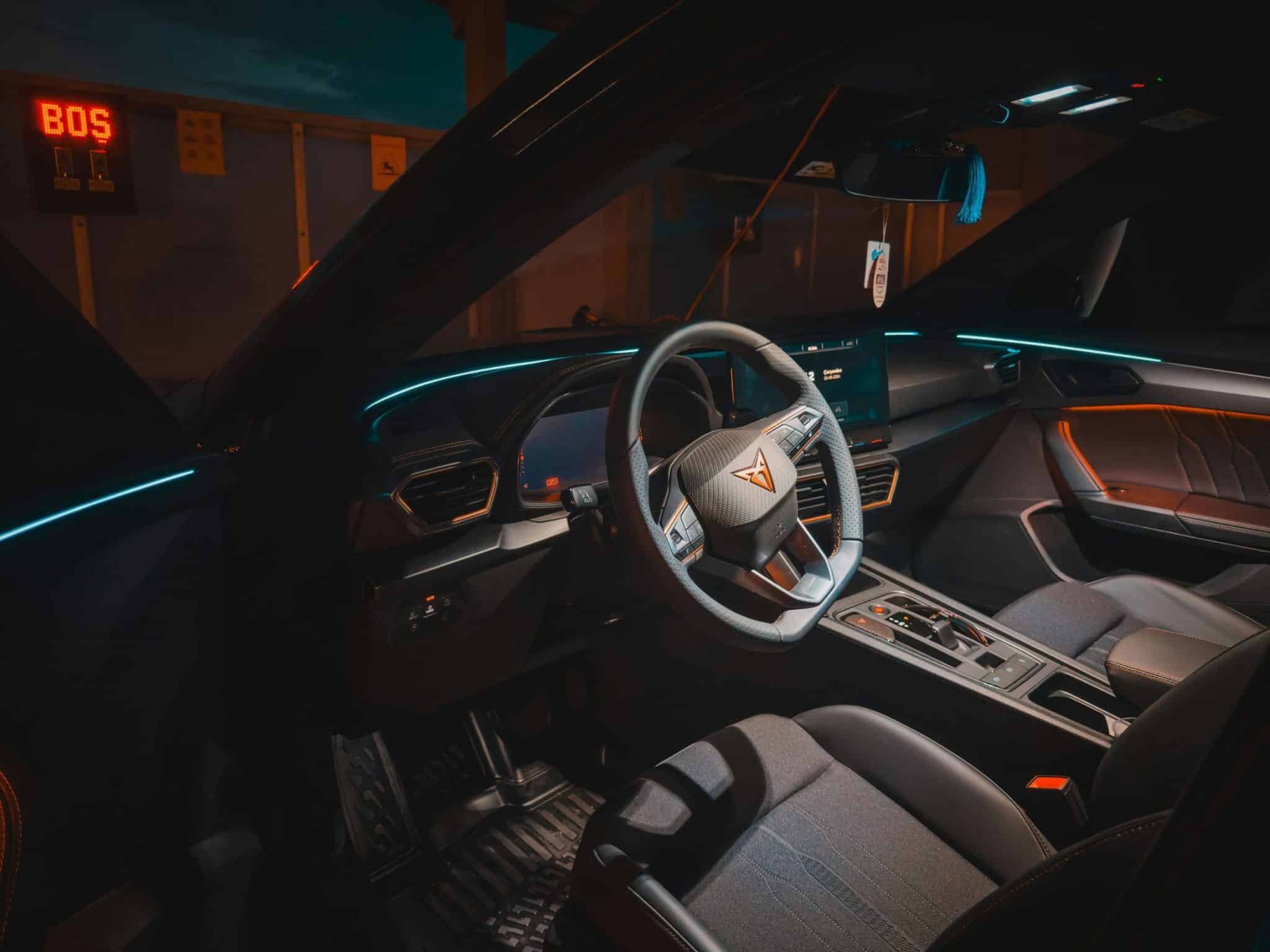Voice-Activated Everything: Alexa’s Takeover of Vehicle Controls
In recent years, technology has advanced at an unprecedented rate, bringing convenience and efficiency to various aspects of our lives. One of the latest developments in this field is the introduction of voice-activated everything, with Amazon’s Alexa leading the way. From smart homes to virtual assistants, Alexa has now expanded its reach to include our vehicles. Yes, you read that right – welcome to the era of Alexa’s takeover of vehicle controls. In this article, we will delve into the details of this groundbreaking development and its potential impact on the driving experience.
The Rise of Voice-Activated Technology
Voice-activated technology, also known as voice recognition, is a feature that allows users to interact with a computer or device using their voice instead of manually operating it. While it may seem like a recent phenomenon, the concept of voice recognition has been around for decades. However, it’s only in recent years that it has gained mainstream popularity, thanks to advancements in artificial intelligence (AI) and natural language processing (NLP).
With the rise of virtual assistants such as Amazon’s Alexa, Apple’s Siri, and Google Assistant, voice-activated technology has become more accessible and user-friendly. These virtual assistants use AI and NLP to understand and respond to speech, allowing users to perform various tasks hands-free, from checking the weather to making phone calls.
The Introduction of Alexa into Vehicles
While voice-activated technology has already made its way into our smartphones, TVs, and homes, the latest frontier for this technology is our vehicles. Earlier this year, Amazon announced the introduction of Alexa into select cars that are equipped with the necessary hardware. This means that drivers can now use Alexa to control various features of their vehicle, making their driving experience more convenient and safe.
How Does It Work?
Thanks to advancements in technology, Alexa can now be seamlessly integrated into a vehicle’s infotainment system. This system relies on a combination of hardware, software, and a reliable internet connection to function. Once a user’s smartphone is connected to the vehicle’s infotainment system, Alexa can access music, navigation, and other compatible apps. The driver can then use voice commands to control these apps without taking their hands off the wheel or their eyes off the road.
In addition to the infotainment features, Alexa’s integration into vehicles also extends to other functions such as climate control, door locks, and even starting the engine. This means that drivers can use Alexa to warm up their cars on a cold day or lock the doors from afar if they forget to do so before leaving.
The Benefits of Alexa in Vehicles
The addition of Alexa to vehicles brings numerous benefits to both drivers and passengers. First and foremost, it simplifies the driving experience, allowing drivers to keep their focus on the road while performing various tasks. This promotes safe driving and reduces the risk of accidents caused by distracted driving.
Moreover, voice-activated technology offers greater convenience and efficiency to drivers, as they can now control their vehicles without having to physically interact with buttons and screens. This is particularly useful for drivers who have limited mobility or have difficulties with fine motor skills.
Last but not least, Alexa’s integration into vehicles opens up a world of possibilities for future developments. As more automakers embrace this technology, we can expect to see further advancements in voice-activated controls, creating a truly hands-free driving experience.
The Future of Vehicle Controls
It’s safe to say that voice-activated technology has revolutionized the way we interact with our devices, from our homes to our vehicles. As this technology continues to advance, we can expect it to become an integral part of our daily lives, further blurring the line between artificial intelligence and human reality.
With Alexa’s takeover of vehicle controls, driving will no longer be just a means of transportation – it will be a tech-savvy experience. As more vehicles hit the road equipped with this technology, it’s only a matter of time before voice-activated everything becomes the new norm in the world of driving.
In Conclusion
The integration of Alexa into vehicles marks a significant milestone in the evolution of voice-activated technology. It’s a testament to the constant advancements in the field of AI and NLP and a clear indication of the greater role technology will continue to play in our everyday lives. With Alexa’s takeover of vehicle controls, the future of driving is looking smarter and safer than ever before.











